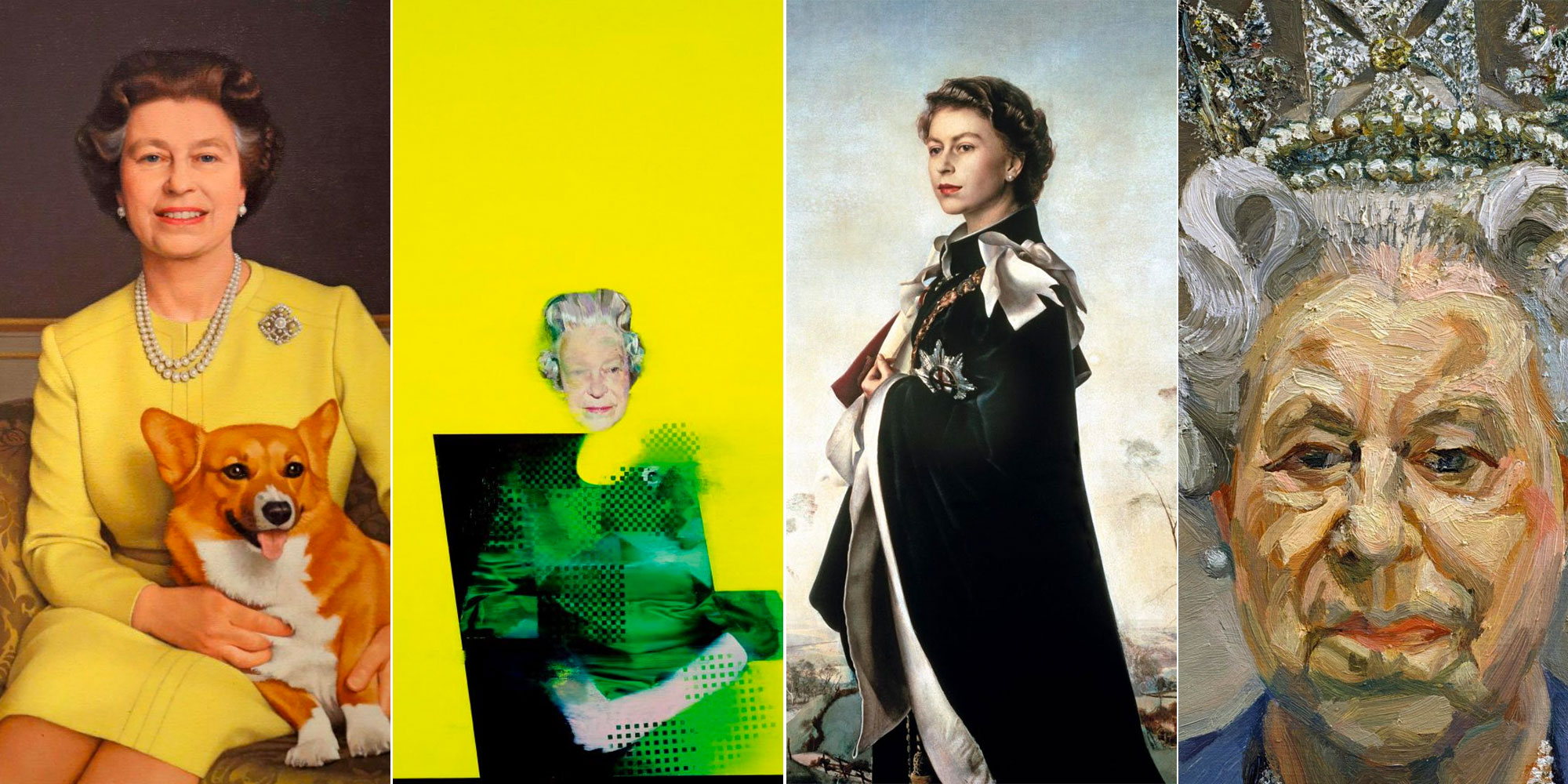My favourite painting: Frances Spalding
Art critic and historian Frances Spalding chooses an unusual work by Hans Holbein the Younger.


Frances Spalding on Noli me Tangere by Hans Holbein the Younger
‘This painting was shown in the Royal Academy’s exhibition devoted to Charles I’s collection. I was astonished by how dramatic it is. After all, Hans Holbein the Younger is much better known for the calm intensity and objective observation that he brought to his portrait drawings of the Tudor period.
‘Mary Magdalene, according to St John’s Gospel, is the first person to see and speak with the risen Christ. Much is going on in this scene, but its title focuses on Christ’s words, “Noli me tangere”. This means “touch me not” or “do not hold on to me”, but the use of Latin gives it more courtesy. Yet, overall, the episode is less about prohibition than interaction.’
Frances Spalding is an art critic, historian and biographer. She is also Emeritus Fellow of Clare Hall, University of Cambridge.
Charlotte Mullins on Noli me Tangere
This painting is the only religious work by Hans Holbein the Younger in the Royal Collection. Holbein was born in Germany and worked in Basel before travelling to Britain in 1526. He stayed there for two years, during which time this work was completed. Although Holbein didn’t work for Henry VIII in an official capacity until he returned to London again in 1532, this painting was acquired by the King.
Noli me Tangere is Latin for ‘touch me not’, the moment in the Gospel of Saint John that the risen Christ asks Mary Magdalene not to approach for ‘I am not yet ascended to my Father’. In Holbein’s account, Mary Magdalene turns in surprise after finding Christ’s body missing from the tomb. In his place sit two angels radiating light. Christ appears by her side, his head delicately haloed, but he raises his hands in warning as she reaches to touch him. Her red robe and blue cloak contrast those of Christ, emphasising the difference between their terrestrial and spiritual bodies.
Behind the two main figures, St John and St Peter hurry to spread the news that Christ has risen, making their way below the crucifixes that still line the hillside.
Holbein’s eye for detail is reflected in the rich carpet of plants Christ and Mary stand on, as well as the elm, hawthorn and larch trees. With the spread of the Reformation, religious painting fell out of favour and Holbein switched to portraiture, painting many membrs of Henry VIII’s Court, including the King himself.

The Queen's official portraits: Seven of the most extraordinary paintings from 70 years and over 1,000 sittings
Her Majesty Queen Elizabeth II has been painted literally thousands of times since she came to the throne. Charlotte Mullins
Exquisite houses, the beauty of Nature, and how to get the most from your life, straight to your inbox.
Country Life is unlike any other magazine: the only glossy weekly on the newsstand and the only magazine that has been guest-edited by His Majesty The King not once, but twice. It is a celebration of modern rural life and all its diverse joys and pleasures — that was first published in Queen Victoria's Diamond Jubilee year. Our eclectic mixture of witty and informative content — from the most up-to-date property news and commentary and a coveted glimpse inside some of the UK's best houses and gardens, to gardening, the arts and interior design, written by experts in their field — still cannot be found in print or online, anywhere else.
